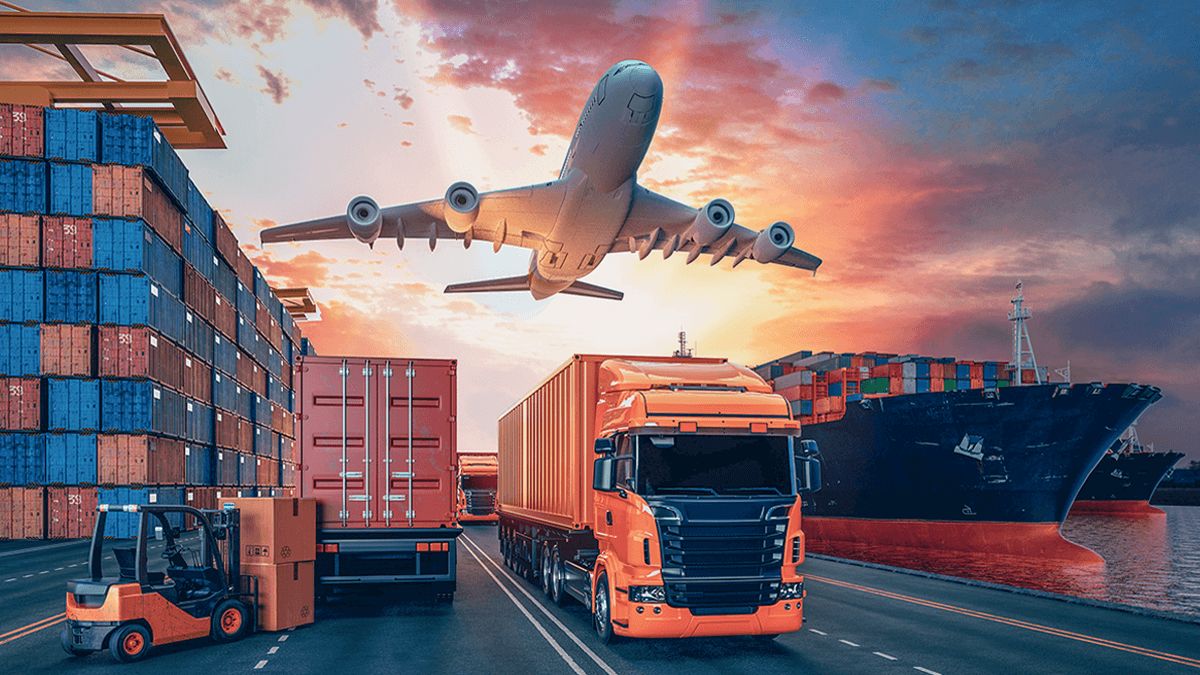 Image Credits : EasyHaul
Image Credits : EasyHaul
The Ministry of Road Transport and Highways (MoRTH) is working on a plan to centralise all transport systems under a unified digital platform. This initiative, which is part of the government’s broader push toward digitalization and efficiency, seeks to integrate road, rail, air, and waterways transport systems into a cohesive network that can be managed and monitored centrally.
The proposed centralisation effort is expected to revolutionize how transportation is coordinated across the country, enabling seamless intermodal connectivity and reducing operational bottlenecks. By bringing all modes of transport onto a single digital platform, the ministry aims to improve logistics efficiency, reduce travel times, and lower the overall cost of transportation for goods and passengers alike.
Key to this initiative is the development of a robust digital infrastructure that can handle the complexities of coordinating various transport networks. The ministry is reportedly in discussions with technology firms and industry experts to design and implement a platform capable of managing real-time data across all transport modes. This system will provide comprehensive insights into traffic patterns, freight movement, and passenger flows, allowing for more informed decision-making and proactive management of the transport sector.
Union Minister for Road Transport and Highways Nitin Gadkari has been a vocal advocate of leveraging technology to enhance India’s transport infrastructure. He believes that a centralized system will not only improve operational efficiency but also contribute to the country’s economic growth by facilitating faster and more reliable movement of goods and people.
Industry stakeholders have welcomed the move, citing the potential benefits of a centralized transport system in reducing redundancies and improving coordination across different modes of transport. However, they also caution that the success of the initiative will depend on the effective implementation of the digital platform and the cooperation of various state governments and private sector players.
The ministry’s centralization plan is still in its early stages, with detailed project outlines and timelines yet to be finalized. However, the government’s commitment to transforming India’s transport infrastructure is clear, and the proposed centralization could mark a significant step toward creating a more integrated and efficient transport system in the country.
As the initiative progresses, it is expected to attract significant attention from global transport and logistics companies, who see India as a critical market with enormous growth potential.
